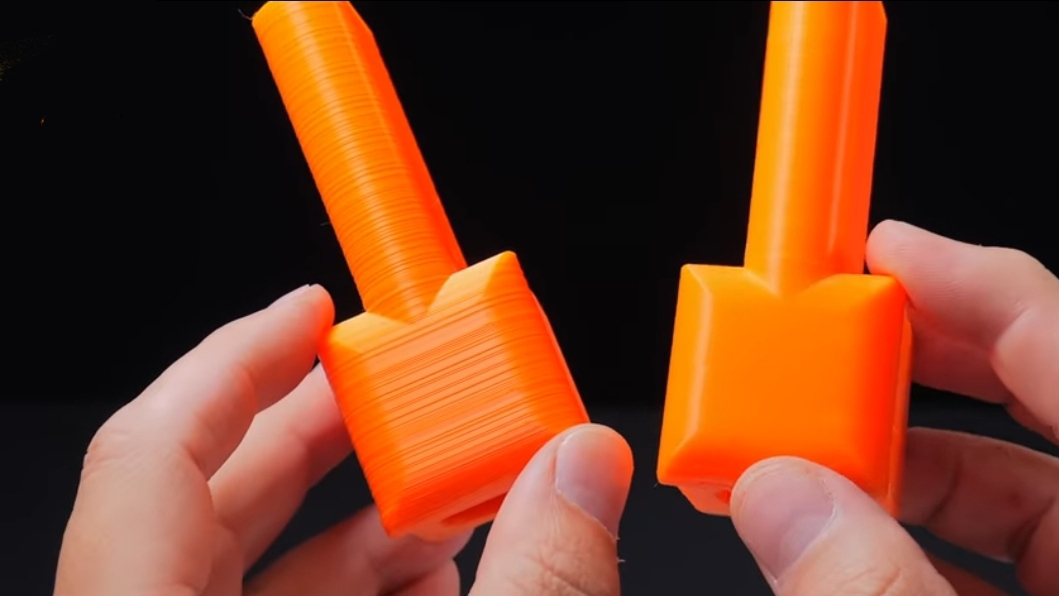Troubleshooting Common 3D Printing Issues: A Beginner's Guide
Hello makers, today is quite chilly. I've been busy with a lot of printing, including a purge bucket experiment. My printers are working hard on prototyping and design, yielding great results. More details on those soon! Meanwhile, I'm trying something new—an episode I've wanted to do for a while. Let's see how it goes, and your feedback will be invaluable.
I often get asked by friends new to 3D printing which printer they should buy. Recently, one friend, hesitant to spend much, opted for the Ender 3. He later sent me photos of an issue he encountered. The first print was flawless, but the next showed signs of underextrusion. I suspected a nozzle clog, but he assured me no settings were changed in Cura, ruling out filament size issues.
Despite trying to clean the nozzle with nylon filament, the problem persisted when he sought help on Facebook. It became clear his hob gear had slipped due to loose grub screws, causing the extrusion problem. After a quick fix, the printer was up and running smoothly again, much to his relief.
This got me thinking about common issues I see in 3D printing forums, especially among beginners. Many struggle with technical jargon, making troubleshooting daunting. Additionally, when seeking help online, vague descriptions and minimal details often hinder effective solutions.
To address this, I'm launching a video series aimed at helping newcomers navigate these challenges. I'll analyze issues posted in 3D printing groups, offering practical insights based on provided descriptions and images.
Let's dive into some common queries:
1. Issue from Jay: He reports warping and flaking with his new printer, an Ender 3 Mini. From the photos, it seems like a bed temperature issue, likely with PLA. Ensure the bed temperature is adequately high, around 70°C, and set the hot end to approximately 240°C. Also, check the hotend fan to prevent excessive cooling during prints.
2. Isaac Miller's Concern: His prints show lifting on circular patterns, indicating a likely bed leveling problem. Adjust the nozzle height to ensure proper adhesion during the initial layer.
3. Casper's Problem: He faces extrusion issues where the filament slides or grinds. This often results from excessive extruder speed relative to the nozzle's heat. Adjust either the printing speed or nozzle temperature accordingly.
4. Seam Issues: Both mentioned cases highlight gaps and irregularities at print seams, possibly due to insufficient extrusion or excessive coasting settings. Adjusting extrusion restart distances or coasting parameters in your slicing software could resolve these issues.
5. Z-axis Problems: Lastly, Jake's printer experienced height discrepancies between prints. This could stem from binding in the Z-axis mechanism. Ensure smooth movement by checking and adjusting the tightness of the axis guide wheels.
I also encourage you to visit my Facebook page for ongoing support and updates. Feel free to post your questions there, especially if you're new to 3D printing and seeking a supportive community.




Comments
Post a Comment